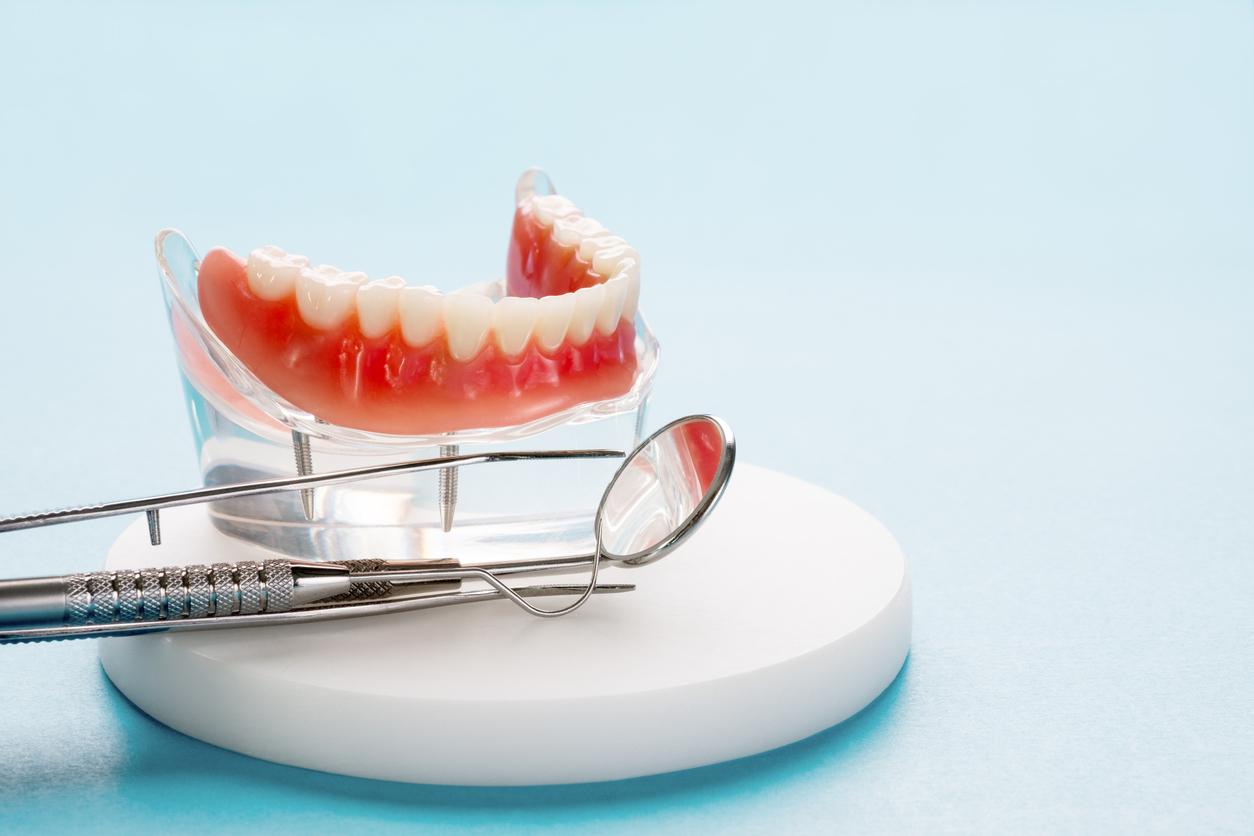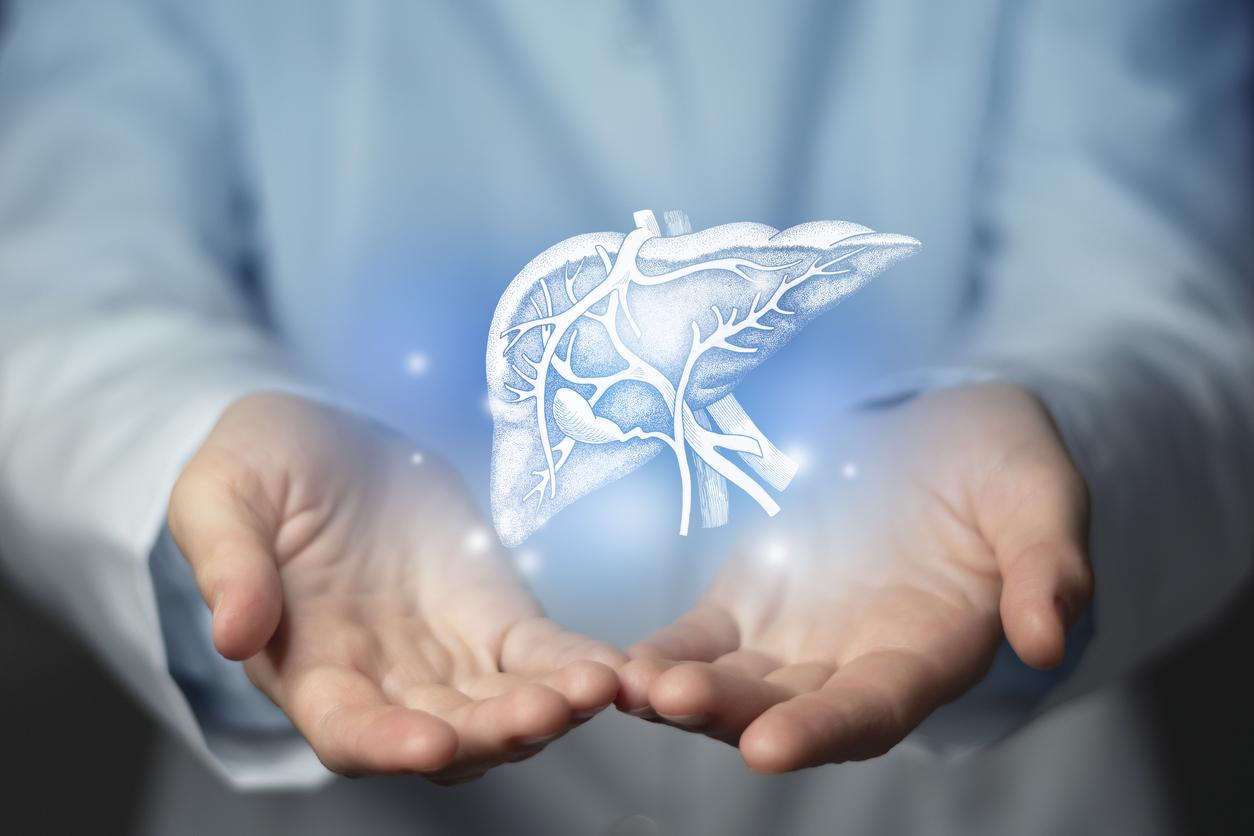The pneumonia that appeared in Argentina is due to a bacterium of the Legionella family, according to investigations carried out within the Malbranen Institute, a national benchmark for infectious diseases.

- The precise type of this bacterium from the Legionella family is still being studied.
- It can cause legionellosis, a serious lung infection that is transmitted in particular by inhaling contaminated water.
It is not an unknown pathogen that has caused the death of four people since the beginning of the week in Tucuman, in the northwest of Argentina, but a bacterium of the family of legionella. This would be the cause of the pneumonia that has appeared in recent days in the country, according to the Argentine Minister of Health, Carla Vizzotti.
Patients will be cared for
This reassuring news put an end to an intrigue which was beginning to worry the medical authorities since the causes of the fatal pneumonias had so far been unexplained.
The list of symptoms – respiratory discomfort, cough and high fever – could be reminiscent of those of Covid-19. But this lead had already been ruled out.
The cases identified can therefore be treated because the treatment of legionellosis – a serious lung infection which can be caused by legionella – is based on taking antibiotics.
Return the building to service
“With this diagnosis, patients will be transferred to another health center to monitor their progress, with the aim of carrying out various environmental control actions so that the building where the outbreak occurred can be returned to service.“, specified the minister in a tweet the same day. The building in question is a private clinic in San Miguel in Tucuman where the “patient zero“had been identified.
Among the cases, huit are healthcare workers, with symptoms that appeared between 18 and 23 August. Two of them died last Monday and Wednesday.
Where does the bacteria come from?
Measures are currently underway in the clinic to identify where the bacterial agent came from. Health investigators suspect the air conditioning system.
People over 50, smokers, diabetics and people who are immunocompromised or suffer from respiratory diseases are particularly at risk of developing legionellosis.















